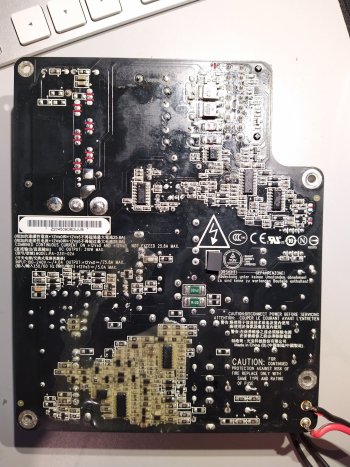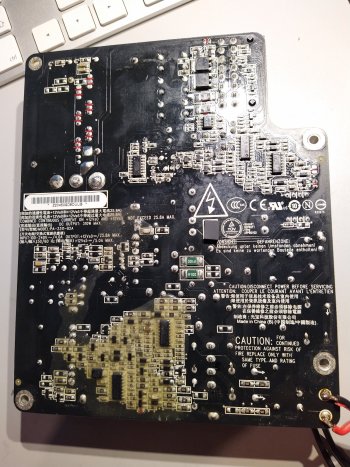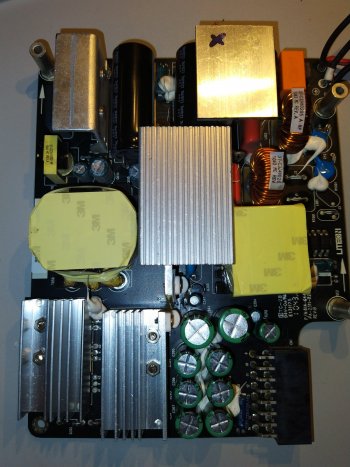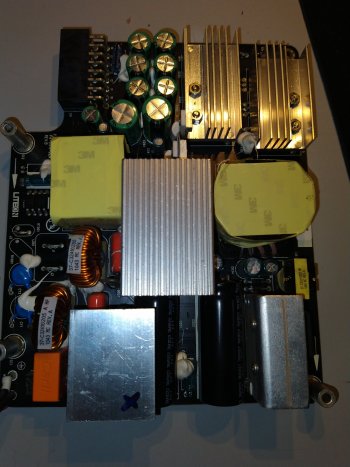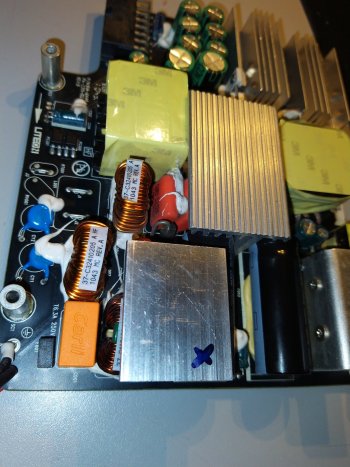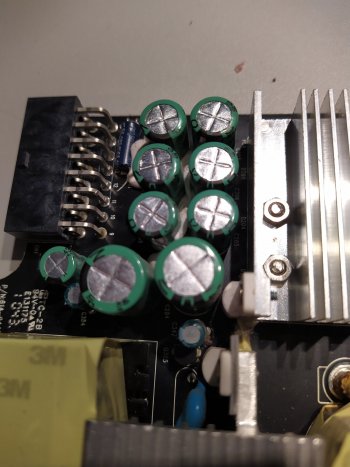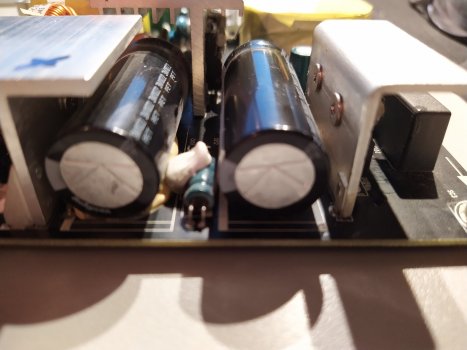Hi all, I'm looking for a schematic diagram of the 27" 2009-2011 models power supply, my model number is PA-2311-02A (LiteOn branded).
If you happen to have the one of model ADP-310AF, I appreciate this, too. I have repaired several standard switch mode supplies, but Apples is more complex, with PFC and resonant mode controller. It is the latter (NCP1396A) which does not get correct supply voltage on the primary side. It is hovering around 10V only, but since the supply is using the 1396A version, it should probably be more. As such, the control is not working correctly. My output is only 8V on the secondary.
The design is somewhat different from the 'typical application' in the data sheet. Can't locate where the supply for pin 12 is coming from (R8), and neither the equivalent to the Zener diode D3. Possibly as a result of low supply voltage, pin 11 does not deliver any voltage. With Vgs=0, M2 is never conducting. That's probably the reason why the secondary voltage is wrong.
Thanks in advance for helping.

If you happen to have the one of model ADP-310AF, I appreciate this, too. I have repaired several standard switch mode supplies, but Apples is more complex, with PFC and resonant mode controller. It is the latter (NCP1396A) which does not get correct supply voltage on the primary side. It is hovering around 10V only, but since the supply is using the 1396A version, it should probably be more. As such, the control is not working correctly. My output is only 8V on the secondary.
The design is somewhat different from the 'typical application' in the data sheet. Can't locate where the supply for pin 12 is coming from (R8), and neither the equivalent to the Zener diode D3. Possibly as a result of low supply voltage, pin 11 does not deliver any voltage. With Vgs=0, M2 is never conducting. That's probably the reason why the secondary voltage is wrong.
Thanks in advance for helping.


